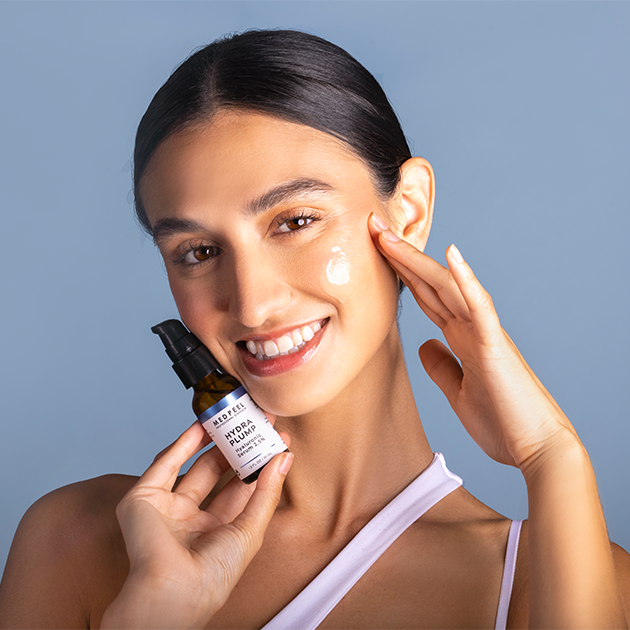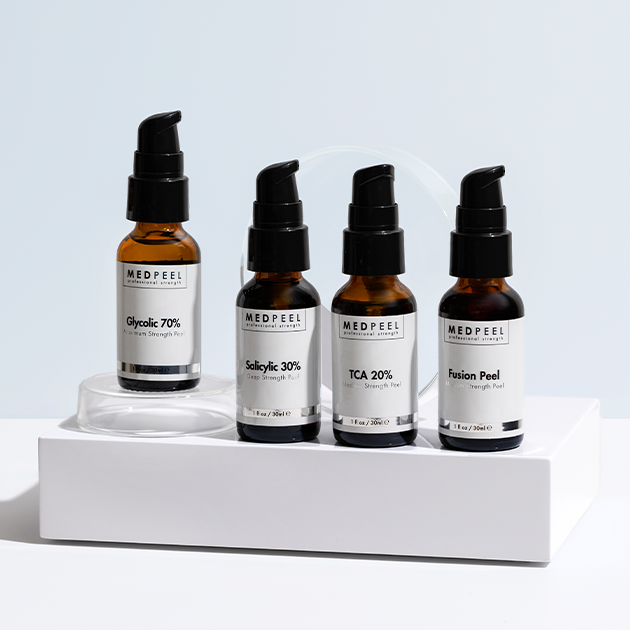
Physical and chemical exfoliants are both used to remove dead skin cells and improve skin texture, but they achieve this through different mechanisms:
Physical Exfoliants:
-
Mechanism: Physical exfoliants use abrasive particles or tools to physically scrub away dead skin cells from the skin's surface.
-
Examples: Scrubs with granules, brushes, sponges, or other abrasive materials fall into this category.
-
Pros: Immediate results in terms of smoother skin; can be satisfying to use.
- Cons: May be harsh on the skin, leading to irritation, especially if used too vigorously; not suitable for sensitive or acne-prone skin.
-
Mechanism: Chemical exfoliants use acids or enzymes to dissolve or loosen the bonds between dead skin cells, allowing them to be easily sloughed off.
-
Examples: Alpha hydroxy acids (AHAs) like glycolic acid and lactic acid, beta hydroxy acids (BHAs) like salicylic acid, and enzymes like papain (from papaya) or bromelain (from pineapple).
-
Pros: Generally gentler than physical exfoliants; can penetrate deeper into the skin; effective for various skin types, including sensitive or acne-prone skin.
- Cons: May cause irritation if overused or if the user has a sensitivity to specific acids; some chemical exfoliants may increase sun sensitivity, requiring the use of sunscreen.
In summary, the main difference lies in the mechanism of action. Physical exfoliants physically scrub away dead skin cells, while chemical exfoliants use acids or enzymes to dissolve and remove them. The choice between the two depends on individual skin type, preferences, and the specific needs of the skin. It's important to use exfoliants in moderation and follow proper skincare practices to avoid potential side effects.



